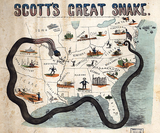
In this lesson, students will study some grammatical principles about how Swift crafted “A Modest Proposal.”
- Subject:
- English Language Arts
- Reading Literature
- Material Type:
- Lesson Plan
- Author:
- Pearson
- Date Added:
- 11/02/2020

In this lesson, students will study some grammatical principles about how Swift crafted “A Modest Proposal.”

Students will identify entertaining or harsh examples Juvenal uses to criticize parenting skills. Then they will discuss strong concrete details found in Juvenal’s text.
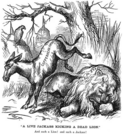
Students write a description of a parenting problem Juvenal would be unhappy about today and come up with three concrete examples that illustrate the problem. Then the whole class shares and comments on the examples.
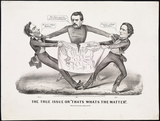
Students continue to look at “Once Upon a Time.” They’ll consider what makes the story so powerful and what makes it a Juvenalian satire.
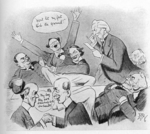
In this lesson, students will finish and share their cartoon characters and spend some time analyzing each other’s creations. They’ll look specifically at whether their classmates took a more Juvenalian or Horatian approach.
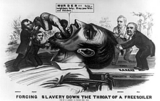
Students plot the six most important events in “Once Upon a Time” and discuss what they think the author is saying about life in South Africa. Then they look at how the story made them feel and where it seemed particularly Juvenalian.Lesson PreparationRead the lesson and student content.Anticipate student difficulties and identify the differentiation options you will choose for working with your students.
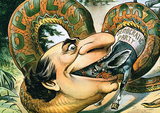
In this lesson, students will continue to study Swift’s famous essay “A Modest Proposal.” Why did Swift write the essay as he did?
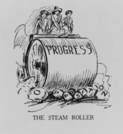
Students read and discuss “The Country Mouse and the Town Mouse”—a gentler type of satire, known as Horatian. Then they create concrete details to modernize the story.
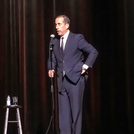
In this lesson, students will study voice in the comedy of a contemporary satirist, this time in the comic’s writing. Then students will look at their own voice in a piece of writing.

In this lesson, students will start to think about the satirical videos they will create to end this unit. Students will sort through all the satirical pieces and videos they have considered and use them as a springboard for their own ideas.

In this lesson, students watch each video twice. The first time, they will watch just to enjoy one another’s creative work. The second time, they will take notes that they can use for the final discussion of satire in Lesson 28.

In this lesson, students will conference with their teacher at some point and finish their satirical video. If Students have time, they can ask for input from another group one more time.

In this lesson, students will continue to look at Seinfeld’s use of the word really and how its use is satirical. Students will also begin to create a basic plotline for their groups’ satirical video.
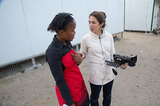
In this lesson, students finalize their storyboards with some peer advice from classmates. Students can also ask the teacher for help to revise their plans to sharpen their satire. Students begin to video-record their satires.

In this lesson, students will assess their own videos, considering what they’ve learned about satire in this unit. They will also talk about other videos and try to agree on what worked most successfully.

In this 5-day unit, students will explore the topic of love. After reading six poems from writers in the 16th and 17th centuries, they will decide which poet had a better idea than the others about how to express love to a young woman.

In this lesson, students will read two fairly short poems with very similar themes. While the message of the poems is of primary importance to the writers and to their intended audience, students will also read to see who is more clever, sincere, and effective.

In this lesson, students will finish discussing the Marvell poem and read “Youth’s the Season Made for Joys.” All four of the poems fit the category of carpe diem poetry. Students will write about which of these poems is best for its purpose and discuss what makes a good love poem.

Over the next two lessons, students will complete the culminating assessment for this unit.In this lesson, students will read text and answer questions that reflect their reading comprehension. Some questions will ask students to select from a group of answers supplied. Other questions will ask students to construct their own answers and write them in the space provided.
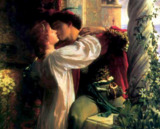
In this lesson, you will take the writing portion of the culminating assessment. You will continue to use the skills you have learned in the first three lessons of this unit.Today, students will take the writing portion of the culminating assessment.They will reflect on all the material they have read in this unit, and they will use their understanding of all the material presented to them to write an essay. You will evaluate their work in both reading comprehension and writing.